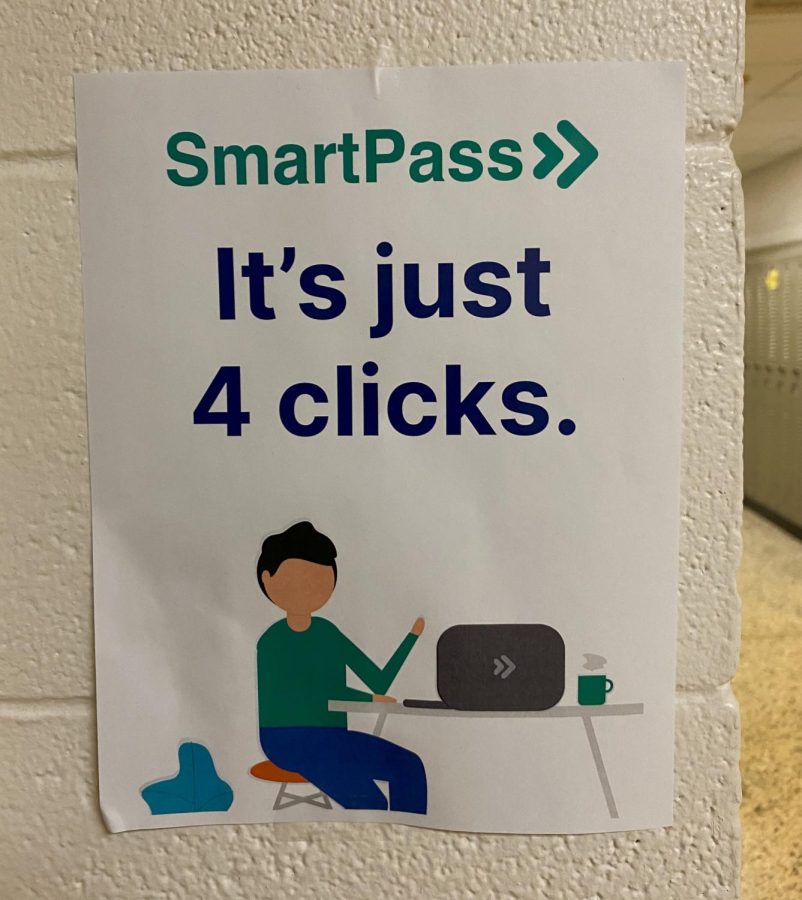Is SmartPass a Smart Decision?
Greenbrier East unleashes a new digital hall pass, SmartPass, in an effort to reduce time spent out of the classroom.
March 8, 2022
Planners are now a thing of the past! Greenbrier East has administered a new, tech-savvy virtual hall pass called SmartPass for students to use in replacement of physical ones. Students will log on to the SmartPass website, enter their current location along with their desired destination, choose how long they need, and then leave the class. It sounds simple, but is it necessary?
SmartPass was created by three high school friends from Montgomery County, Maryland with the help of their vice principal. Their goal was to create a tool simple enough to use that would help students get the most out of their school day.
“It really, throughout COVID, is helping schools manage their in-student movement,” said Dhruv Sringari, one of the SmartPass creators.
Since students log in their information on the site, teachers across the entire school can see the whereabouts of every student. This will help with monitoring students lingering in the bathrooms or with contact tracing, although some have called this an invasion of privacy.
Alyson McManamay, a Greenbrier East sophomore, thinks the virtual pass is a bit annoying and tedious, but ultimately finds it useful. “Although I have only used the SmartPass once,” McManamay said. “I believe that it is the easiest solution to navigate to favorite destinations from each class, like the bathrooms for those hallways.”
Senior Hannah Workman disagrees, finding SmartPass to be utterly worthless. “It’s useless,” Workman said. “Teachers aren’t in the hallways enforcing the pass or checking it. What’s the point?”
When asked if SmartPass would last, both Workman and McManamay were iffy about it. “If SmartPass ever has an update or some things change, it could be a long term solution,” McManamay said. “But the way it is now makes it hard to navigate.” Workman agreed, saying that it won’t last due to teachers not enforcing it and students not liking it.
The most common complaint about SmartPass is the time limit. Students are given the option to pick any time amount ranging from one minute to five minutes. Once the student activates the pass, a timer starts counting down. If you do not make it back in time, the pass turns red and begins counting upwards. The website lets teachers know that there is an expired pass and, in some cases, disciplinary measures are taken. While the time limit does help teachers monitor how long students are gone, there are emergencies that take place in school that require more than a measly five minutes. If the SmartPass time limit can be adjusted to eight or ten minutes, I feel that it will be more effective and more appealing to students.
You have to admit that SmartPass is a genius invention; it provides a more modern way of keeping students where they’re supposed to be. At first, I thought it would be something that would be phased out fairly quickly due to the backlash it was given by students, but I think now the pass is here to stay. Change is hard, especially when you’ve been doing something the same way for so long, but SmartPass is a big step forward into the quick-paced technology age of the future.




